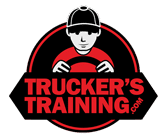Trucking Automation News and Practical Realities
As the driving debut of robot trucks comes closer, the outline of the likely future of self-driving vehicles is starting to make sense. It turns out that, as new technology hits the road, it may not be such a miserable thing for trucking and professional drivers after all.
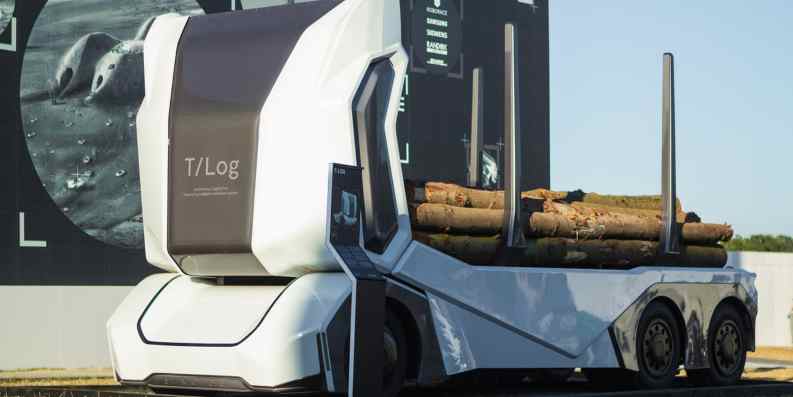
The word in the media is that it’s over; truck-driving jobs are as good as gone this year! Well, the facts on the ground don’t match up with these headlines. The future that is coming will not be a strict one-for-one replacement of robot-for-trucker. Self-driving cars and trucks are real in principle, but the practical reality will still take years to catch up.
Defined Levels of Automation for Trucks
The United States government is developing a policy framework for autonomous vehicles. As part of that effort, the NHTSA is promoting the automation levels defined by the Society for Automotive Engineers:
Level Zero
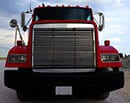
No automation, which means the human driver controls all vehicle functions. In trucker terms, this is old school gear jamming. Perhaps some of you are still driving a level 0 truck.
Level 1
The first level is simple driver-assistance that has limited ability to control steering, braking, and acceleration. Examples include popular features in everyday use such as cruise control and anti-collision radar. At this level, drivers are expected to keep their eyes on the road and hands on the wheel at all times.
Level 2
The vehicle can control acceleration, braking, and steering in prescribed situations. Examples are the parking assistance function on some cars, or the ability to stay in a highway lane and avoid other traffic. Drivers still need to be aware and prepare to take over instantly. Tesla Autopilot is an example of this level of automation.
Level 3
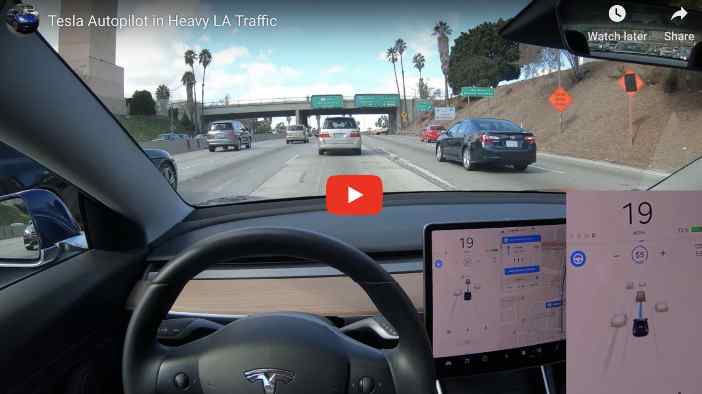
This is the current state-of-the-art in self-driving vehicle technology. No Level 3 production cars have been unleashed on unsuspecting traffic yet. Drivers will still have to sit at the wheel and pay attention to the road.
Level 4
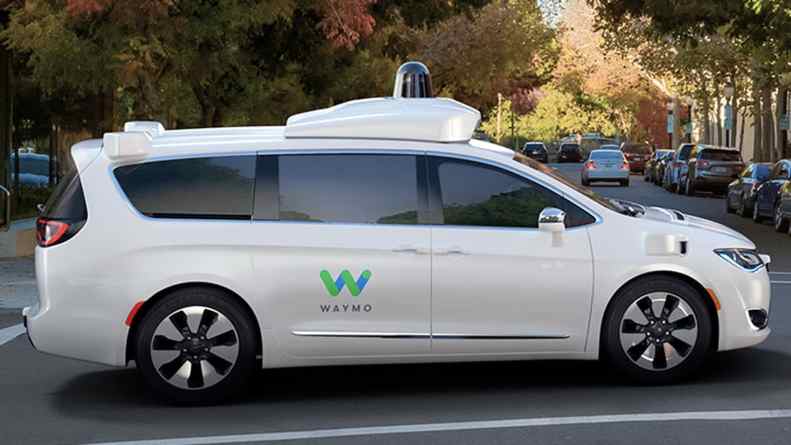
If Level 4 wins approval for over the road trucking, big rigs could be unattended on the highway, but have driver pilots who jump in and out at each end of the journey. Drivers switch trucks at freeway junctions and stay closer to home. Long weeks away would become unnecessary, and fewer drivers will manage more freight.
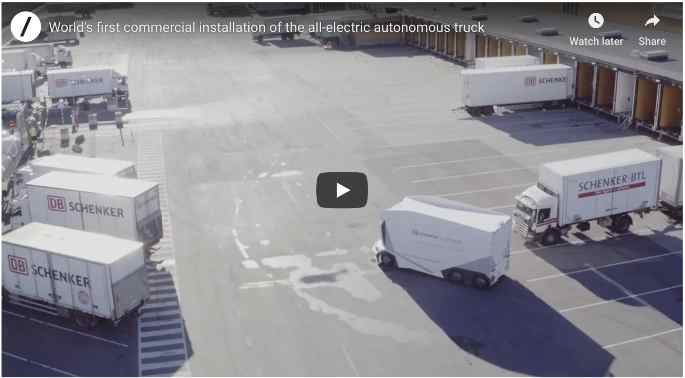
Level 5
At this level, the driver would only be a passenger, monitoring performance throughout the journey. It is the level that self-driving trucks will have to reach before they can travel depot-to-depot without human interaction. The industry is saying that Level 5 self-driving trucks are still decades away.
Real World Situation
Trucking is still a job for humans, and robots do no freight hauling yet. There is still unmet demand for Class-A qualified drivers, and the shortage means that, when Level 3 or 4 automation does come, it will be welcome in the real world of freight transportation.
While the high-tech industry is keen to get self-driving trucks on the road, the transportation industry is less enthusiastic. There is still a shortage of qualified drivers, but the risk of being the first to face liability and bad publicity for a notorious accident keeps expectations in check.
Questions about safety, legal rights, and responsibilities remain, as well as how to supervise wayward freight-hauling robots. If your unattended truck breaks down two hundred miles from the depot, how do you secure the vehicle and recover it?
The technology that takes the wheel will be an adaptation of artificial intelligence (AI), which is a rapidly evolving field. It is the reason that some people think AI is a threat to trucking jobs. The computer scientists and engineers who look at automation for a living aren’t so quick to judge. While AI will bring changes, it will change the way that people do their jobs rather than replace them.
Legal Conundrums Limiting Automated Trucking
Who’s responsible if a trucker has an accident? Usually, if it was the fault of the commercial truck, the responsibility goes to the driver and the company. When you bring automation into the cab, the chain of blame is less clear. Governments, manufacturers, and insurers will have to establish suitable liability rules before cars and trucks get unlimited automation.
The emotional burden is on the trucking industry and truck makers to prove that forty-ton freight trucks won’t be rampaging through the streets, failing to slow down for school zones, and running red lights.
Automation depends on wireless innovations
One technology that may have an impact is the planned rollout of 5G wireless telecommunications. The new mobile data networks will be as powerful as broadband networks are now, and fast too. It means that self-driving cars and trucks will be able to have powerful networks to compute driving decisions in any situation, almost instantly.
One of the first applications for 5G is in remote vehicle operation. Self-driving heavy dump trucks already serve in remote opencast coal mines, which are controlled environments with few distractions. 5G network connections will make it possible to automate heavy equipment in more diverse situations.
The current plans see super-fast and powerful wireless data networks using brute force computing power, as close to the user as possible. There will be so much computer power on the edge of networks that self-driving cars and trucks may become local 5G wireless data centers when they are idle. Edge computing will help self-driving trucks to be smarter, and 5G is the one significant wildcard that will influence how vehicle automation rolls out in the next few years.
Conclusions
Drivers will be in demand for many years to come, even if the industry resolves the technology and level issues quickly. The need for humans will help truckers to have better work conditions. So, instead of being the end of trucking jobs, automation is more likely to make existing jobs better.
The forecast from truckerstraining.com hasn’t changed. There is still a career in trucking for those that want it. Smart machines will not wholly replace drivers. Instead, the worst trucker jobs, those that suffer the lowest retention rates in the industry are the most likely to automate first and make long-distance driving a better career experience.

Geoff is a freelance writer at TruckersTraining.com with 20+ years of experience driving trucks and buses, dispatching, supervising, and training commercial driving teams. His expertise is writing topics on the transportation and trucking industry, and information technology trends.
